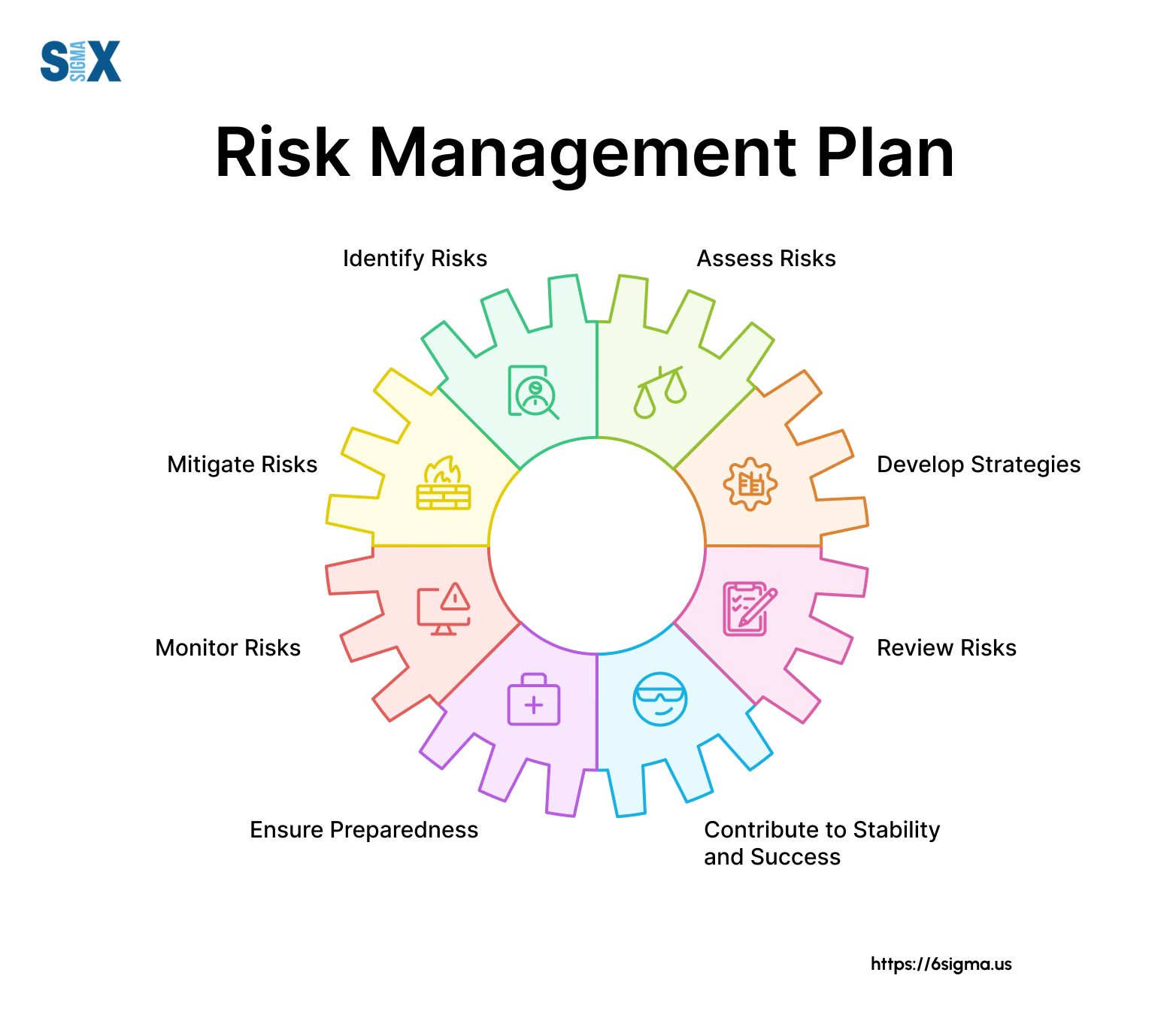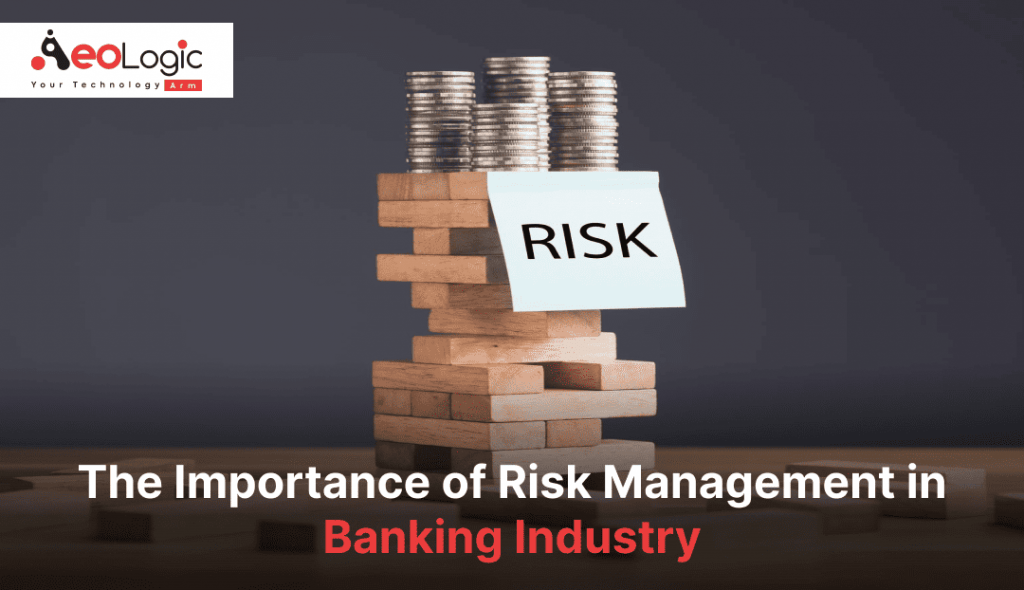The Essential Importance of Risk Management in Monetary Decision Making
The Essential Importance of Risk Management in Monetary Decision Making
Blog Article
The Critical Significance of Risk Management in Getting Organizational Goals
This is where Risk Management steps in, supplying an organized strategy to identifying, analyzing, and mitigating potential obstructions to advance. As we check out the important function of Risk Management in achieving organizational goals, one can't help but ask yourself: just how does this translate right into real-world success?
Comprehending the Idea of Risk Management in Company

The Important Role of Risk Management in Strategic Preparation
Integrating Risk Management into critical preparation acts as a protect for organizations, securing their lasting plans with a solid structure of preparedness and strength. Risk Management supplies a structure for expecting uncertainties and creating suitable responses, making certain the company's survival and success also in the face of hardship. By including Risk Management into calculated preparation, companies can transform these uncertainties right into opportunities for development and development.

Methods for Identifying, Assessing, and Prioritizing Threats
The procedure begins with Risk identification, employing tools such as SWOT analysis, which aids in pinpointing prospective dangers and possibilities. Next off, Risk analysis is carried out to identify the prospective effect and probability of each Risk. Dangers are focused on based on their potential impact and possibility, enabling companies to concentrate their sources on critical dangers.
Securing Organizational Procedures Via Reliable Risk Management
In the organization landscape fraught with uncertainties, effective Risk Management plays a crucial duty in guarding business procedures. It functions as a protective shield, mitigating the adverse impacts of possible threats and guaranteeing the smooth functioning of all procedures. By identifying and assessing possible dangers, Risk Management allows companies to establish durable backup plans. This preventive approach aids in keeping functional stability, also when faced with unforeseen situations. Essentially, Risk Management is the lifeline that maintains the organizational operations afloat amidst turbulent waters. It makes certain not only the survival but the lasting growth of a company, making it an important tool in attaining company purposes. For anchor this reason, organizations need to purchase comprehensive Risk Management methods to protect their procedures.

Converting Possible Threats to Opportunities: The Power of Risk Management
A positive approach to risk Management entails determining, examining, and prioritizing risks to design strategies that transform them right into prospective benefits. Thus, by leveraging the power of Risk Management, find out this here companies can not just secure their operations but also stimulate development and attain their objectives in an uncertain service atmosphere.
Case Researches: Success Stories of Risk Management Driving Company Objectives
Effective application of Risk Management methods has actually yielded excellent results in different businesses, highlighting the merits of this method. Multinational firms like Microsoft and Google, for instance, have actually leveraged Risk Management to reduce risks and make use of chances, driving their organization goals onward. These examples show exactly how effective Risk Management can not just steer organizations clear of potential risks but likewise assist them in the direction of their tactical purposes.
Final thought
In verdict, Risk Management is basically crucial in attaining business objectives. By integrating browse around this web-site Risk Management into calculated planning, companies can better navigate unpredictabilities, guard procedures, and capitalise on possibilities, consequently lining up with long-lasting objectives.
At its core, Risk Management is the process of identifying, evaluating, and attending to prospective risks that might negatively influence a company's operations or objectives. Next, Risk assessment is performed to establish the potential influence and possibility of each Risk. Risks are prioritized based on their prospective effect and chance, permitting organizations to concentrate their sources on high-priority risks. By identifying and evaluating prospective threats, Risk Management enables companies to develop durable backup plans. A positive technique to take the chance of Management involves recognizing, analyzing, and focusing on risks to design methods that transform them into potential benefits.
Report this page